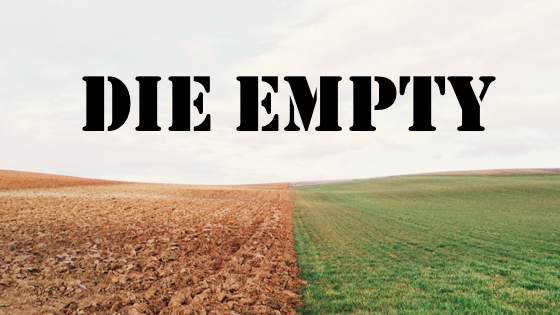Where were you on January 15, 2009?
Let’s journey back in time. The world was in economic turmoil. The financial crisis was raging. Just a few months earlier, Lehman Brothers, one of the largest investment banks, spectacularly collapsed. Fannie Mae and Freddie Mac, the symbols of the homeownership “American Dream,” became insolvent. Tens of millions of homeowners were delinquent on their mortgages and faced potential foreclosure.
The world was at a low point not seen since the Great Depression.
Then IT happened. An event reminding people that real miracles DO happen. It was an event bringing hope to so many. The timing could not have been better. On January 15, 2009, Captain Chelsea “Sully” Sullenberger and his crew landed the disabled plane( bird hits on take off from LaGuardia airport had decapitated both engines), U.S. Airways Flight 1549, on the Hudson River. All passengers and crew were safe. Sully made the seemingly audacious decision to land a hobbled commercial airliner on a river. How could that ever make sense? Why did the plane not cartwheel? How did the passengers get rescued before the plane sank in the hypothermic water? While there were certainly miraculous elements to the Sully story, much of the flight forensics since this time has revealed the hero of the story: Excellent Decision-making.
A great decision starts with effective data curation. That is, the ability to quickly ingest and process information. We call it curation because the decision-maker must decide from an overwhelming amount of information, what information is most important, and weigh that information. In the decision sciences world, this is known as weighing criteria. In an organizational setting, groups of stakeholders must come together to provide criteria input from multiple perspectives. This often adds complexity to the decision.
One of the most famous examples of successful data curation is when Capt Sully landed the commercial airliner on the Hudson river. How much time did he have to decide? Less than 3 minutes. Yes. A decision that would impact hundreds of lives. In this absolutely awe inspiring story is an unsung hero– the Airbus A320’s cockpit display. A display that allows pilots to quickly understand a small number of critical airplane measures, like airspeed and flight angle. This enables the pilot to make quick and effective decisions. The cockpit display had been designed based on thousands of hours of measure and criteria testing. The Airbus designers created a display that intuitively delivers the most important information to the pilot decision-maker.
In the decision sciences world, the cockpit display design is known as “choice architecture.”
” Choice architecture refers to a scenario in which the environment in which someone must make a decision has been carefully designed to try and influence that decision “.

